‘The burka initiative defends the dignity of women’
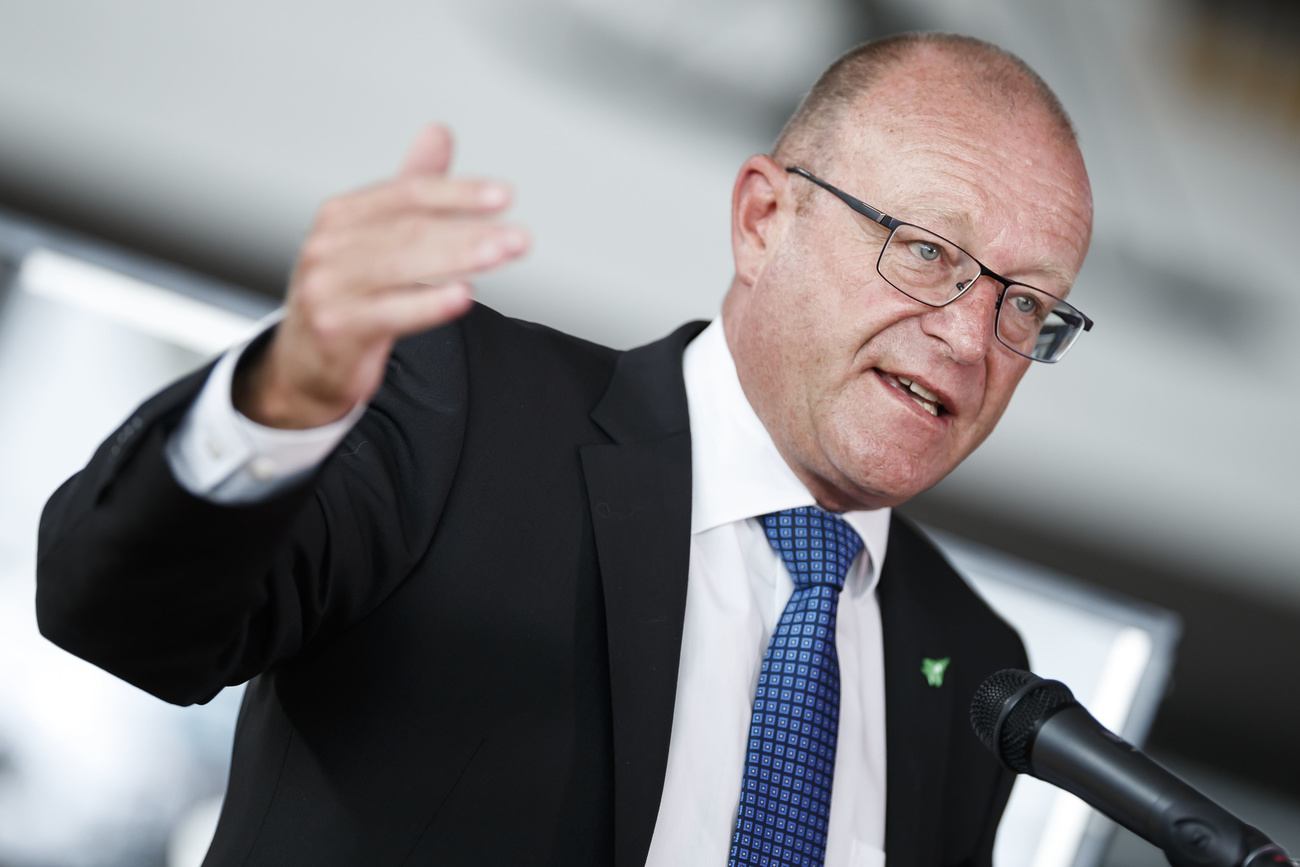
Switzerland could follow in the footsteps of France, Belgium, the Netherlands and Bulgaria by banning women from wearing the burka or niqab in public spaces. On March 7, the people will vote on a popular initiative that aims to enshrine a ban on hiding one’s face in public in the constitution.
The Egerkingen Committee launched the initiative in 2016. Made up of numerous members of the right-wing Swiss People’s Party, the committee was the same that instigated the initiative to ban minarets, accepted by the Swiss in 2009.
Opposed to the text, the government has developed a counterproposal which has also been supported by parliament. It proposes to create a law that would oblige individuals to show their faces during identity checks carried out by authorities.
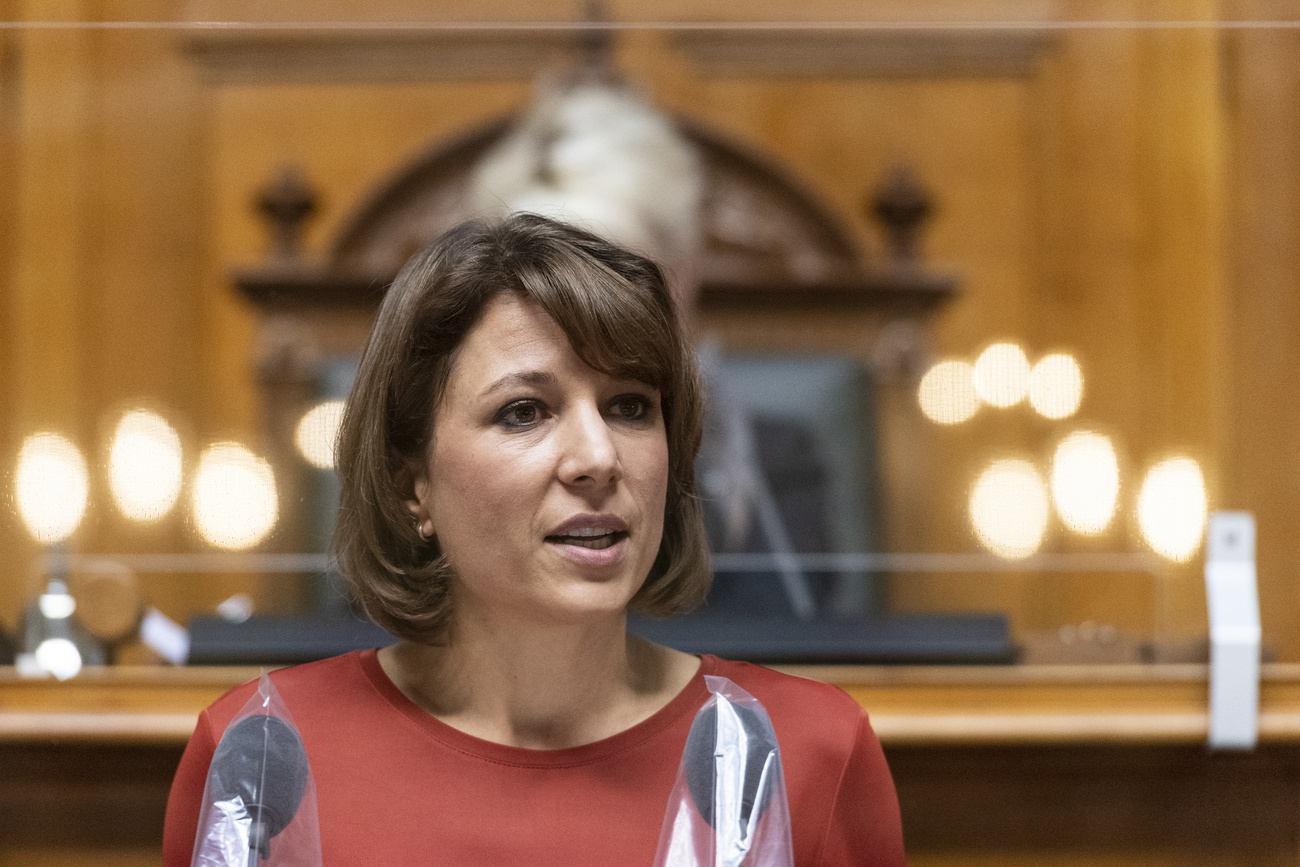
More
‘The burka initiative only serves to throw fuel on the fire’
People’s Party parliamentarian and member of the initiative committee Jean-Luc Addor argues the ban promotes equality between men and women and will help fight against radicalisation of Islam.
SWI swissinfo.ch: Given we are all walking around wearing masks to protect against Covid-19, isn’t the arrival of an initiative to ban hiding one’s face now untimely?
Jean-Luc Addor: One would think so, but this is not the case. Walking around the streets, it’s easy to see the difference between a woman who wears the burka [a full veil which covers the whole body and hides the eyes behind a cotton mesh] or the niqab, and a person wearing a protective mask. It’s obvious the text is not targeting masks. The initiative allows for a certain number of exceptions, including the possibility of waiving the ban for health reasons. The pandemic shows that adequate exceptions were thought about by the initiators.
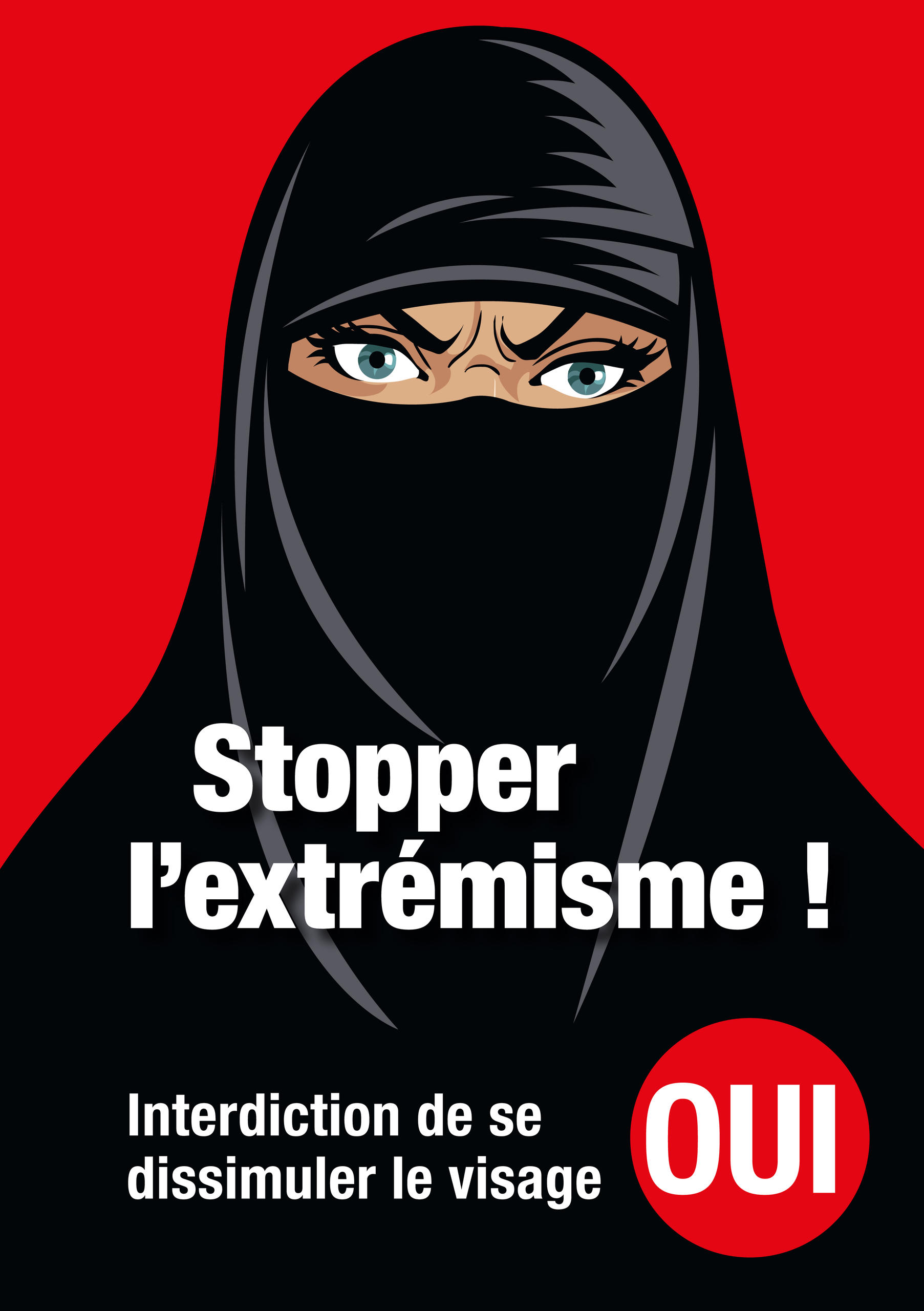
According to government estimates, the number of women who wear the burka in Switzerland is between 95 and 130. Is it really necessary to institute a ban for such a small number of people?
I would be curious to know on what basis the government is making these estimations. Of course, it’s rare to meet women who wear the burka in Switzerland, except in certain tourist spots. However, we do see women wearing the niqab [full veil which covers everything except the eyes], even in the small Valais town of Sion.
In recent years we have witnessed a form of radicalisation of the ostentatious character of Islam in the public space. This trend has manifested in an increase in the number of women who go out wearing the hijab [covering the hair, neck and sometimes the shoulders] and in the most radical cases wearing a niqab. France, a country which belongs to the same civilisation as us, has practically lost control of the situation. We don’t want to get to that.
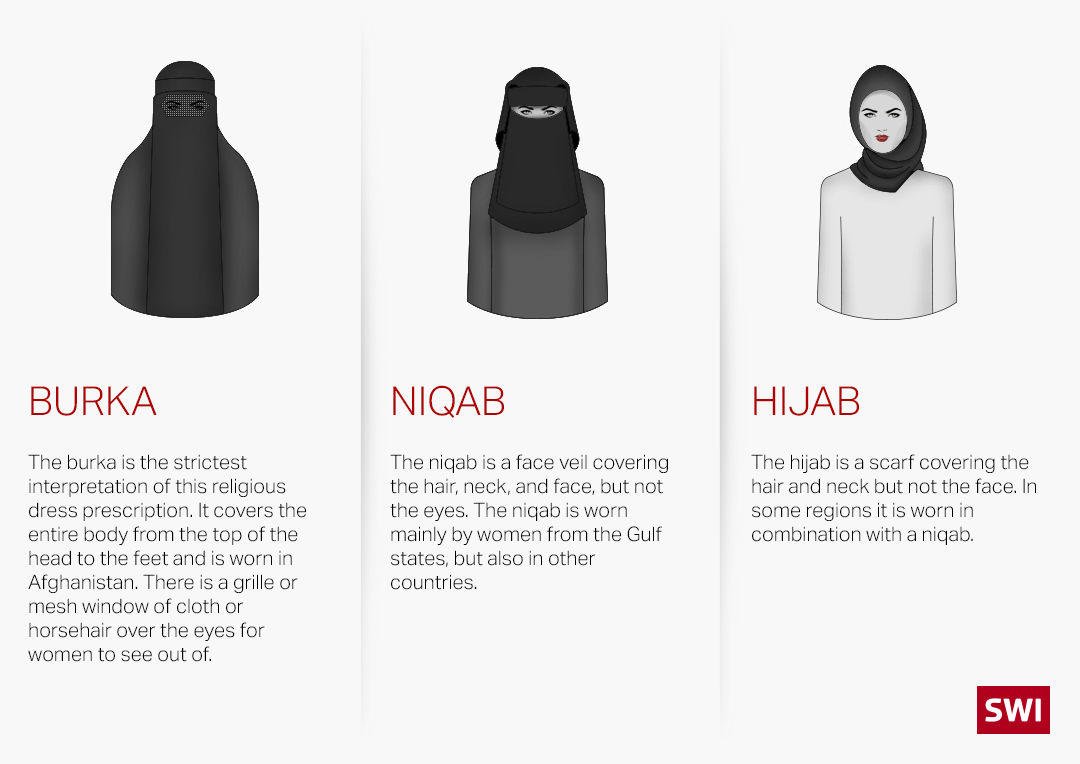
In Ticino, where a ban has been in place since 2016, there have only been around 30 interventions. Isn’t that a weak record?
It’s like if I told you: “In the end, there are only a few assassinations. What is the point of maintaining the infringement in the criminal code?” Thankfully, there are only a few cases!
The example of Ticino shows that banning hiding one’s face is useful, because there have been interventions. It also proves that it can be applied without creating particular problems, especially with foreign countries, as (the opposition) have tried to make us believe.
The opponents of the initiative fear that the text will have a counterproductive effect: that women who are obliged to wear the burka would be forced to retreat from public view. Isn’t that a risk?
Their position amounts to legitimising the number of cases of women and girls who are forced to dress in a certain way. The burka is a symbol of oppression and alienation of women. We refuse to be complicit in female oppression. We want to promote the dignity and equality of women. Proof is that even on the left, prominent personalities support the initiative. They have understood that it is not credible to invoke principles only to forget them under the pretext that the initiative comes from the ranks of the conservative right.
The People’s Party is not known for fighting for equality. In this case, isn’t this engagement opportunistic?
This initiative is not only a People’s Party initiative, it is also supported by a large cross-section of people, including from the left. It is true that the People’s Party is not always at the forefront when it comes to equality. The party is nonetheless committed to a more fundamental fight: we defend the notion of female dignity. There is a slight difference.
The indirect counterproposal put forward by the government aims to ensure that a person shows their face for identification purposes. Isn’t it an acceptable compromise?
The government’s indirect counterproposal is a smokescreen. It is trying to take a tiny step to make us believe the problem has been resolved. The initiative has a much larger field of application. Parliament wanted to add elements to the text which touch upon integration and equality between men and women, but in fact the counterproposal avoids the issue. The initiative takes the problem head on and offers a way to deal with it. This way exists already, and we can evaluate it. It is the system established in Ticino.
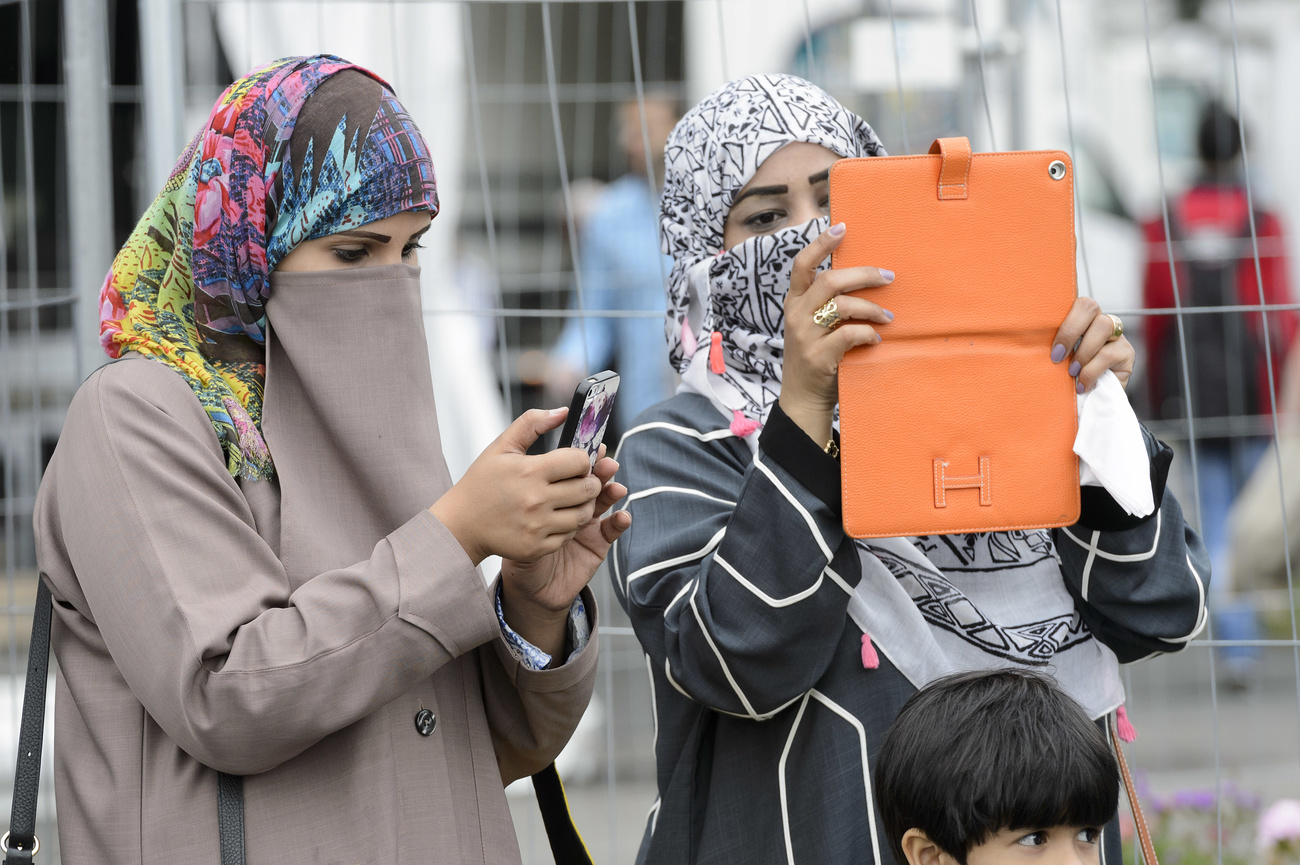
More
Proposed burka ban has solid support, poll finds

In compliance with the JTI standards
More: SWI swissinfo.ch certified by the Journalism Trust Initiative









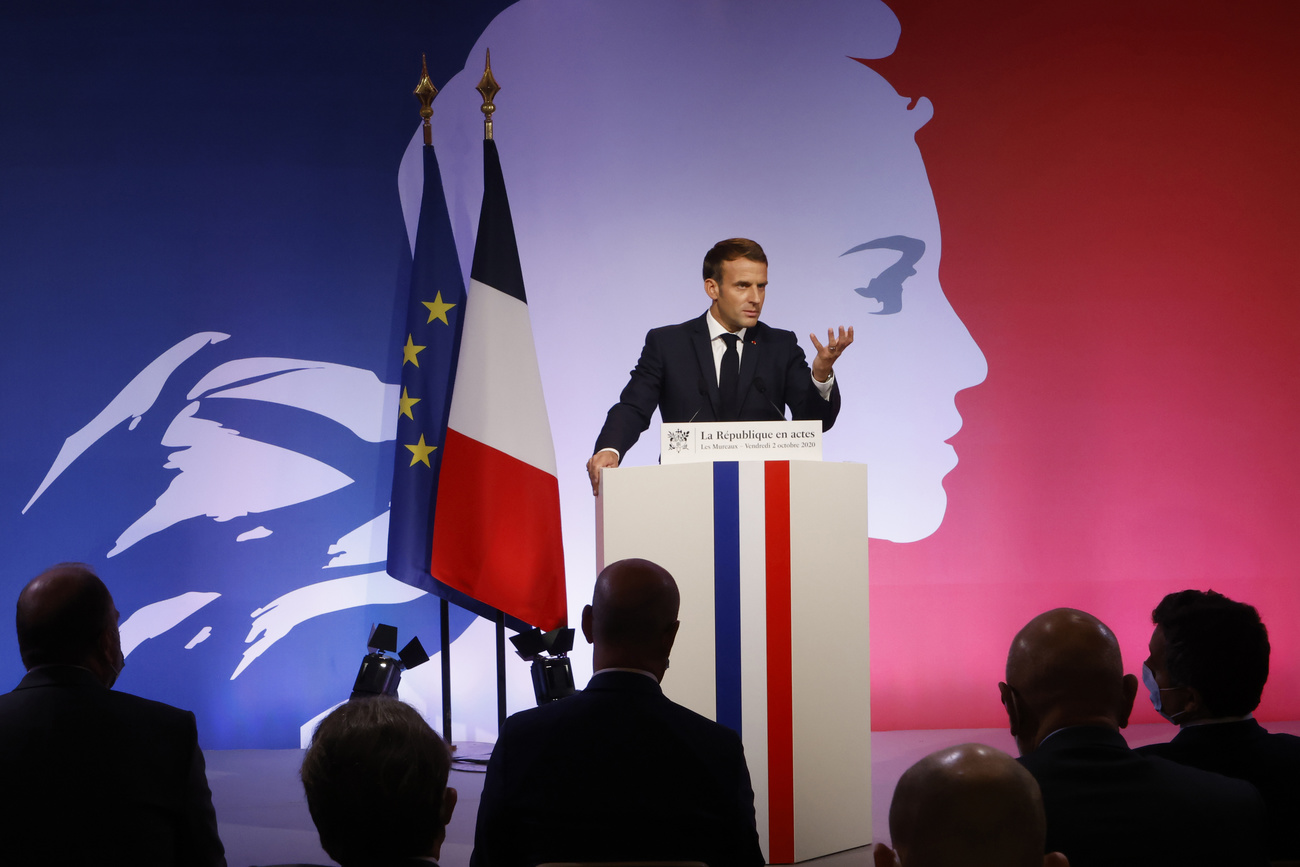


You can find an overview of ongoing debates with our journalists here . Please join us!
If you want to start a conversation about a topic raised in this article or want to report factual errors, email us at english@swissinfo.ch.